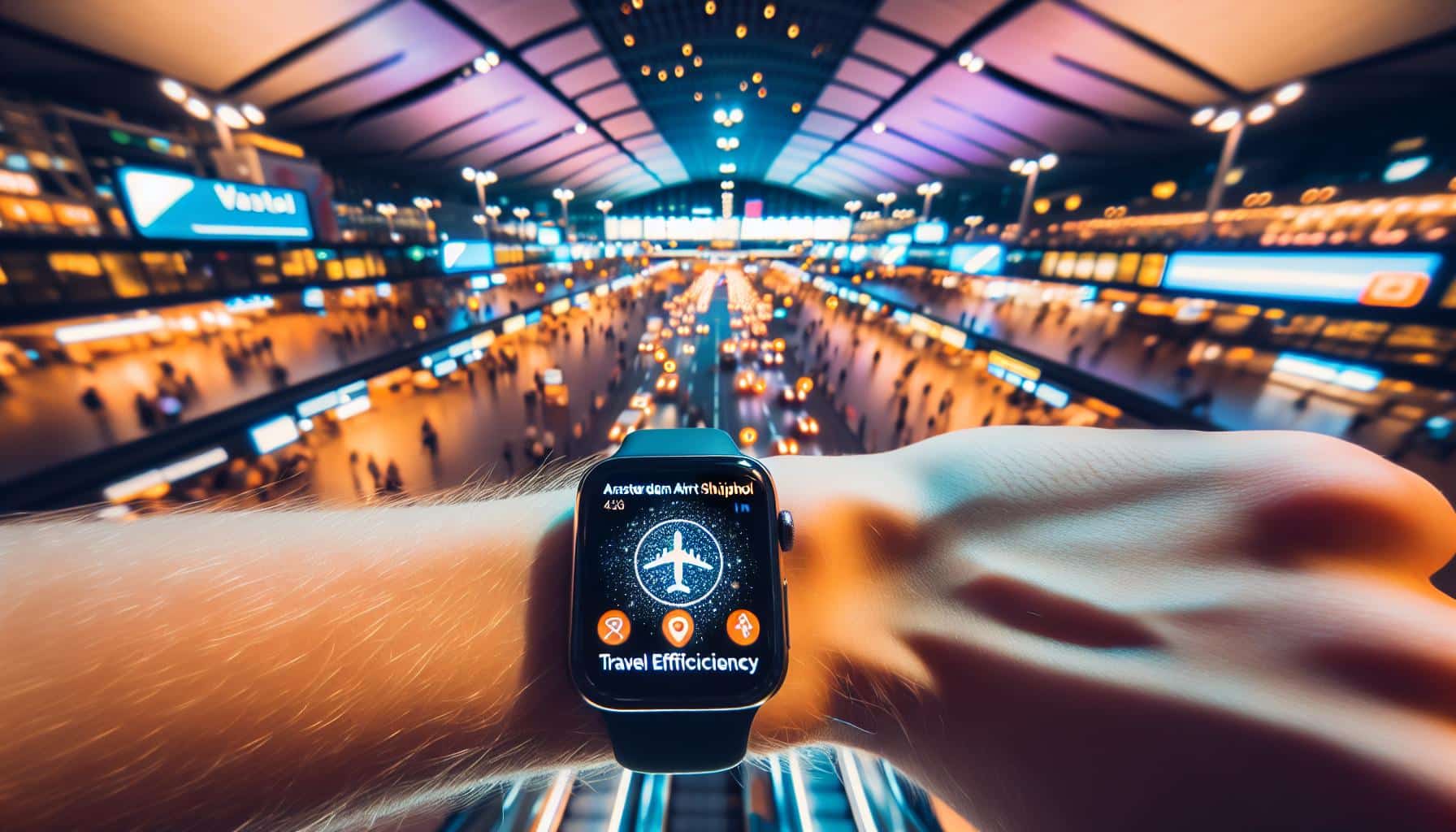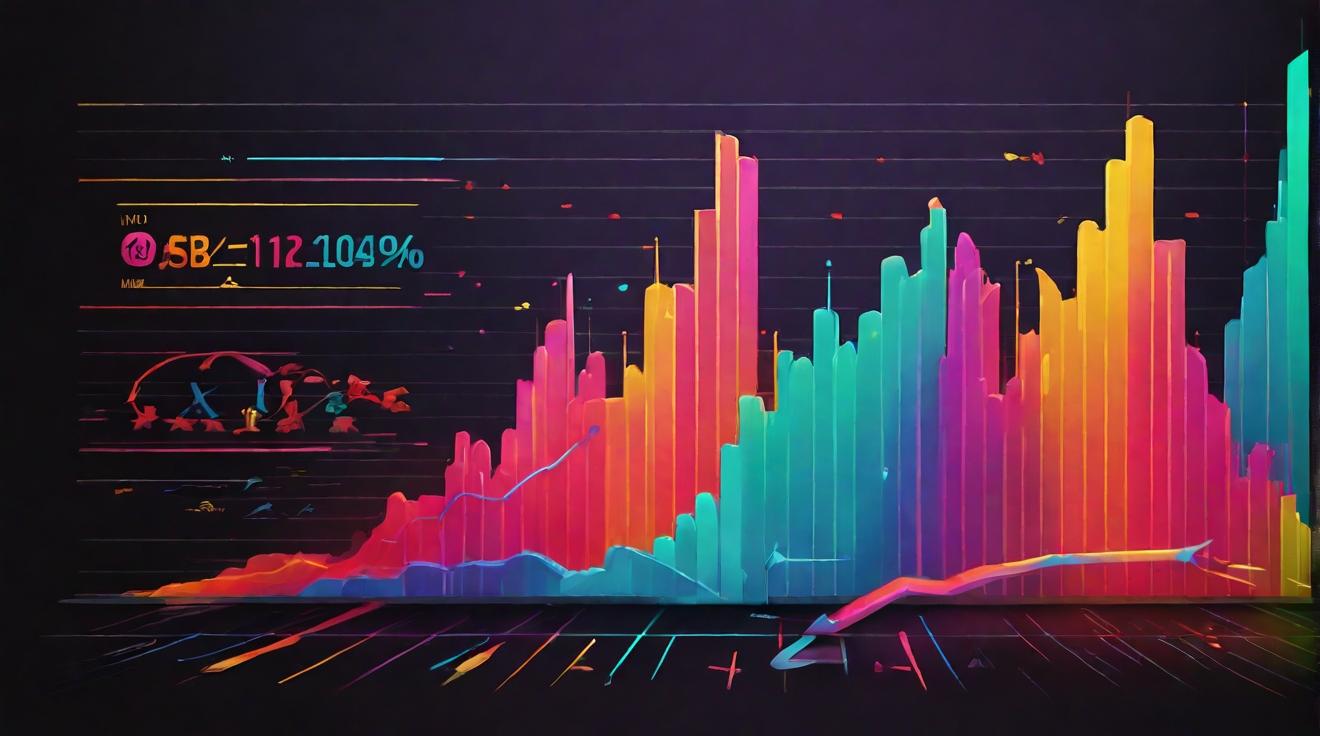Artificial Intelligence (AI) Sensors Market Growth
The Artificial Intelligence (AI) sensors market is on a trajectory to reach USD 95.34 billion by 2034, expanding at a remarkable compound annual growth rate (CAGR) of 41.7%. This surge is driven by advancements in machine learning, deep learning, and other AI technologies that enhance the capabilities of sensors in processing and interpreting data in real-time.
Key Market Players
Leading companies such as Bosch Sensortec, Texas Instruments, Analog Devices, and Honeywell International Inc. are pivotal in this market. These firms are innovating and expanding their reach to meet the increasing demand for AI-integrated sensor technology.
Market Segmentation
The market is segmented by sensor type (including pressure, temperature, optical, and more), technology (like computer vision and natural language processing), and application (spanning automotive, healthcare, manufacturing, among others).
- Sensor Type: Optical sensors are expected to lead market growth due to their enhanced performance and integration capabilities.
- Technology: Computer vision is poised for significant growth, supported by improvements in image sensors and high-performance graphics processing units (GPUs).
- Application: The automotive sector stands out, with AI sensors being crucial for adaptive cruise control, lane-keeping assistance, and automatic emergency braking systems.
Competitive Landscape
The AI sensor market is highly competitive, characterized by rapid innovation and global expansion efforts. Companies are increasingly focusing on sustainability and diversifying their technology offerings. A notable development includes Zebra Technologies' introduction of the FS42 fixed industrial scanner and 3S Series 3D sensors in May 2024, which feature a neural processing unit (NPU) for faster performance.
Market Dynamics
- Drivers: The proliferation of Internet of Things (IoT) devices is a primary driver, necessitating intelligent sensors capable of processing data locally.
- Trends: Enhanced predictive maintenance is gaining traction, notably in healthcare where there is a shift towards value-based care models.
Regional Insights
- North America is a technological hub, fostering AI sensor development through leading businesses and research institutions.
- Asia Pacific is experiencing growth due to smart city initiatives and significant infrastructure investments.
The market, valued at USD 4 billion in 2024, signifies a major transformation in how sensors are utilized across various industries, promising more efficient processes and predictive capabilities. Understanding these dynamics can be crucial for businesses aiming to capitalize on this burgeoning market.













